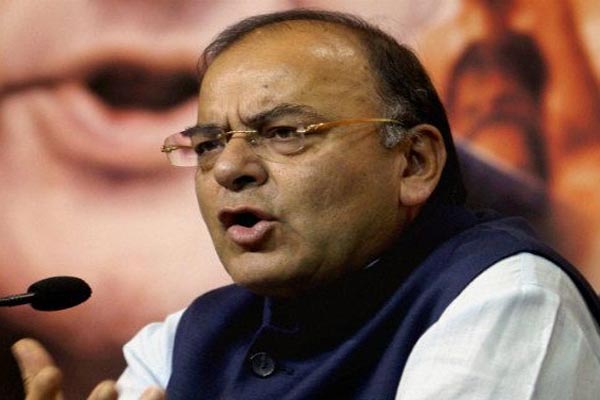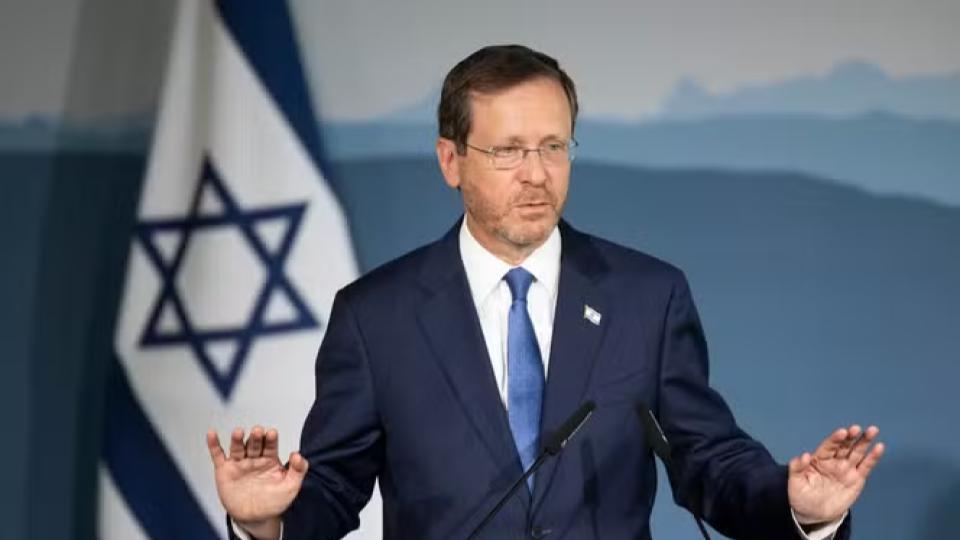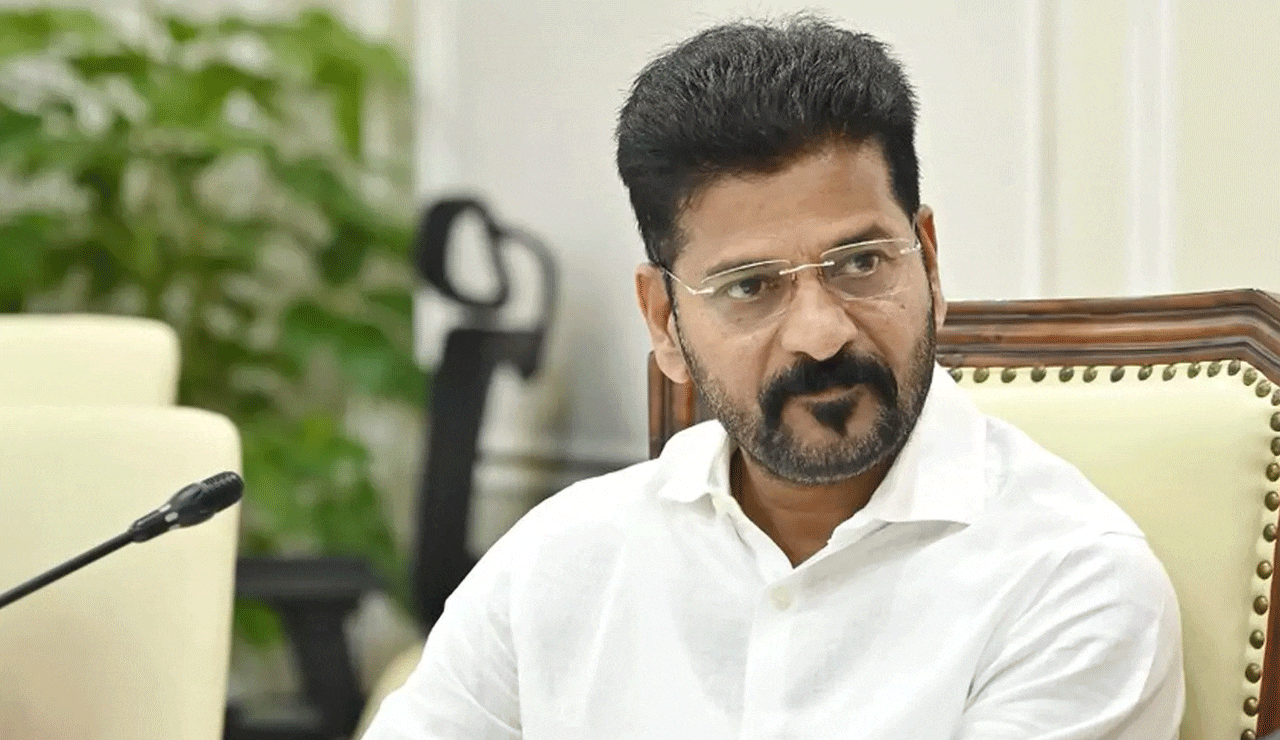Create an ecosystem to boost exports'Finance Minister
Fri 27 Nov 2015, 19:16:45

The great secularism debate begins all over again. Rest assured, it will take us nowhere. There will be plenty of theoretical drivel from both sides of the secular divide justifying respective positions. And as usual there won’t be a point of convergence. Home Minister Rajnath Singh and Congress president set the ball rolling on day one of the winter session; Prime Minister Narendra Modi will take it forward on Friday. The end result is not expected to be dramatic.There have been two competing narratives of secularism in the country since the days of Independence, one which goes by the generic description of Nehuruvian secularism, and the other is that of the Rashtriya Swayamsevak Sangh. Both narratives dig into history for sustenance and both link themselves to the wider issue of nationhood. The difference is one looks at the symmetries in our history, the other at asymmetries. One stresses the assimilative, adaptive and syncretic traits in it, while the other digs out the several conflicts, fault lines and entrenched grievances the other narrative tries to gloss over.Given the fundamental contradiction in approach, an agreement is impossible. That makes the renewed debate waste of time. The real issue in India is not a singular theoretical description of secularism, but the way it’s actually practiced or sought to be practiced on the ground and its impact on people. That is where political secularism – the way parties look at the subject and go about it — kicks in. Irrespective of how India was or has been through centuries, it’s political considerations that have driven secularism in the country. And it needs elaboration.The brand of secularism followed by the so called secular parties in the country has been hypocritical at the best and devious at the worst. They have been accused of appeasing the Muslims at the cost of the
majority. It’s factually wrong. If it was truly the case, it would reflect in the living standards and other social parameters of the community. The Sachar report offered a stark reminder where they actually stand after six decades. The fact is such parties have only exploited the sense of insecurity among the Muslims and done little to mainstreaming them.That the Congress – the biggest champion of secularism – has lost the Muslim constituency entirely over the decades is instructive in this context. It’s not clear yet what makes it, and other similar parties, squeamish about criticising Muslim organisations involved in terrorist activities and vocal when Hindu organisation get involved in acts of vandalism. If they are perceived to be anti-Hindu now, it’s a situation of their own making. This secularism is not of the Nehruvian variety by a long stretch.On the other hand, the brand of secularism the RSS-BJP emphasises on is equally pernicious, if less hypocritical, for the simple reason that there’s too much hate and anger in it. It operates through foot soldiers who give it a completely negative colour through their illiberal, coercive and fundamentally anti-intellectual approach to everything. With excessive accent on Hindutva and the past it appears inherently exclusive and loaded with majoritarian tendencies. Worse, it is yet to develop a precise line of thinking to win over new converts. It would be still be acceptable with its imperfections if it didn’t evoke fear, not only in minorities but also in liberal Hindus.Both versions of secularism being presented to us are full of flaws. And given the contentious nature of the subject and the political games involved we can hardly expect a meeting point coming out of any debate — remember we are talking of two entirely different readings of history. So why waste time over it?
majority. It’s factually wrong. If it was truly the case, it would reflect in the living standards and other social parameters of the community. The Sachar report offered a stark reminder where they actually stand after six decades. The fact is such parties have only exploited the sense of insecurity among the Muslims and done little to mainstreaming them.That the Congress – the biggest champion of secularism – has lost the Muslim constituency entirely over the decades is instructive in this context. It’s not clear yet what makes it, and other similar parties, squeamish about criticising Muslim organisations involved in terrorist activities and vocal when Hindu organisation get involved in acts of vandalism. If they are perceived to be anti-Hindu now, it’s a situation of their own making. This secularism is not of the Nehruvian variety by a long stretch.On the other hand, the brand of secularism the RSS-BJP emphasises on is equally pernicious, if less hypocritical, for the simple reason that there’s too much hate and anger in it. It operates through foot soldiers who give it a completely negative colour through their illiberal, coercive and fundamentally anti-intellectual approach to everything. With excessive accent on Hindutva and the past it appears inherently exclusive and loaded with majoritarian tendencies. Worse, it is yet to develop a precise line of thinking to win over new converts. It would be still be acceptable with its imperfections if it didn’t evoke fear, not only in minorities but also in liberal Hindus.Both versions of secularism being presented to us are full of flaws. And given the contentious nature of the subject and the political games involved we can hardly expect a meeting point coming out of any debate — remember we are talking of two entirely different readings of history. So why waste time over it?
No Comments For This Post, Be first to write a Comment.
Most viewed from Specials
Most viewed from World
AIMIM News
Latest Urdu News
Most Viewed
May 26, 2020
Do you think Canada-India relations will improve under New PM Mark Carney?
Latest Videos View All
Like Us
Home
About Us
Advertise With Us
All Polls
Epaper Archives
Privacy Policy
Contact Us
Download Etemaad App
© 2025 Etemaad Daily News, All Rights Reserved.













.jpg)
.jpg)
.jpg)
.jpg)
.jpg)
.jpg)
.jpg)
.jpg)
.jpg)




















